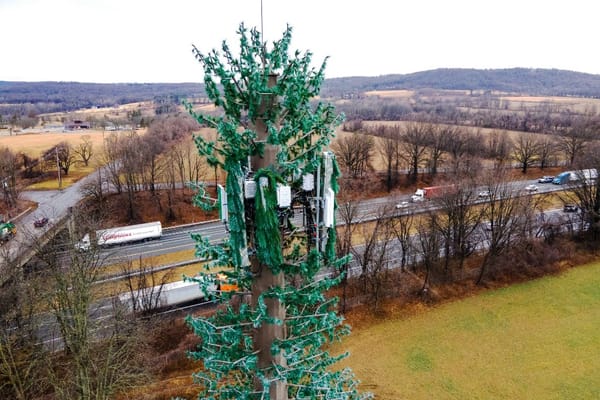Consumer Groups and CTIA Differ on Higher Power Levels for CBRS Spectrum
The FCC asked for input on updates to the Citizens Broadband Radio Service spectrum in August.
Jake Neenan

WASHINGTON, Nov. 11, 2024 – Wireless carriers last week floated changes like increasing power levels for the Citizens Broadband Radio Service. Consumer groups and smaller providers were not happy.
The Federal Communications Commission manages sharing in the CBRS band with a tiered licensing system. Military incumbents get first priority, followed by those who purchased priority licenses. They both get protected from interference by anyone using the spectrum for free on a general access basis.
The agency recently shrunk the protection areas around Navy bases – where the military can kick off commercial users – expanding the number of locations that could receive uninterrupted CBRS coverage. Commissioners sought comment on other rule changes, including an open ended inquiry into power levels, in August.
CBRS spectrum, 150 megahertz in the 3.5 GigaHertz (GHz) band, is in the range considered ideal for 5G coverage, and increasing the allowed power levels would make the band better suited for mobile and fixed broadband. Carriers don’t have many avenues for additional spectrum at the moment with the FCC’s authority to auction off airwaves lapsed since last year.
CTIA, the main wireless industry trade group, said CBRS’s “distinct three-tier, lower powered approach has contributed to the U.S. falling behind other nations in terms of the amount of robust, mid-band spectrum that is being made available for licensed use.” The group's comments, led by Senior Vice President Umair Javed, emphasized the pipeline of full-powered spectrum wasn’t keeping pace with consumer data demands.
It appeared to be something of a compromise on the power level front, as CTIA members want more high-power, exclusively licensed spectrum generally but have differing ideas about CBRS specifically. Verizon pushed for a new category of higher-power devices that it said would “enable the vast majority of today’s CBRS operators to improve their offerings,” as did Dish-owner EchoStar, while T-Mobile said the FCC should collect more granular data before making any changes.
AT&T, for its part, continued to advocate for moving the CBRS system to the 3.1-3.3 GHz band – spectrum the Defense Department has been reluctant to open up to the wireless industry – and auctioning off the current CBRS band for exclusive, high-power use.
John Deere, the agricultural equipment manufacturer, and some utility companies were also on board with increasing power levels. They said their private networks would simply need less physical infrastructure.
The opposition
A coalition of eight consumer advocacy and public interest groups, including New America’s Open Technology Institute, Public Knowledge, the Benton Institute and others said it “strongly opposes” proposals to increase power levels. They said the move would lead to unworkable interference for general access users, stifling the variation in use cases the arrangement was designed to foster.
“Our groups believe the Commission risks snatching defeat from the jaws of victory if CBRS becomes inhospitable to the majority of [general access] users and use cases, turning it into just another high-power band configured for the use of three or four big mobile carriers,” the coalition wrote.
The group added that the move could reverse the smaller protection areas from this summer and undermine the Defense Department’s trust in the FCC. The changes were premised on interference modeling that assumed the current, lower power levels and were the result of collaboration between the FCC, DOD, and NTIA.
That would all be set back if “the FCC unilaterally seeks to impose the risk of high power levels in CBRS,” the group wrote. Lockheed Martin, the major defense contractor, chimed in with a similar comment
Cable companies and wireless broadband providers, both of which use CBRS to provide either mobile or fixed service, also advised against higher power in the band.
“WISPA members should not be required to replace existing, relatively new equipment and purchase and deploy expensive high-powered base stations such as those used by mobile carriers in order to maintain their service areas,” the wireless ISP association wrote.










Member discussion